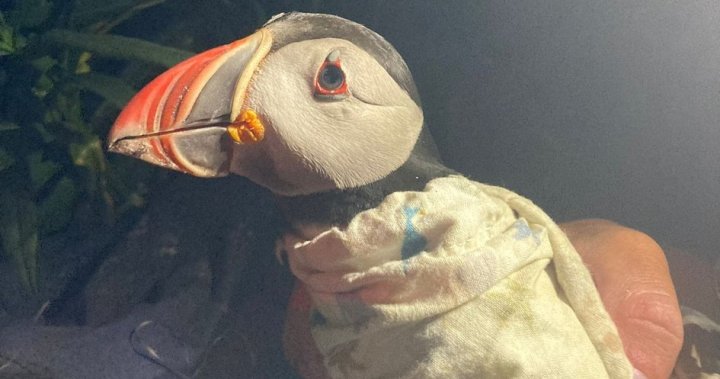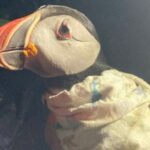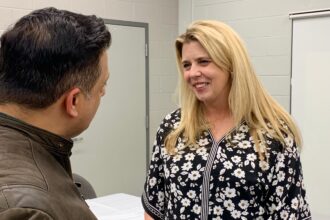In a remarkable discovery that has astonished ornithologists across North America, a 33-year-old Atlantic puffin has been identified nesting on Machias Seal Island off the coast of New Brunswick. The elderly seabird, found caring for a chick, now claims the title as the oldest known living puffin in the Western Hemisphere.
Tony Diamond, a retired University of New Brunswick biologist who has dedicated decades to studying the iconic seabirds, made the extraordinary find during routine research on the remote island. The discovery carries significant scientific importance, as it substantially extends our understanding of puffin longevity in the wild.
“Finding a puffin of this age actively breeding is exceptionally rare,” Diamond explained during an interview from his research station. “This individual was banded as a chick in 1991, making it 33 years old this summer. What’s even more remarkable is that it’s still reproductively active.”
The discovery on Machias Seal Island, which sits in disputed territory between Canada and the United States, offers valuable insights into the resilience of these charismatic seabirds. The island hosts the largest puffin colony in the Bay of Fundy region, with approximately 5,000 breeding pairs returning annually to the rocky outcrop.
According to Diamond’s research team, the previous longevity record for Atlantic puffins in North America was 32 years. European puffins have been documented living slightly longer, with the oldest recorded individual reaching 34 years. This New Brunswick puffin could potentially surpass that record if it returns next breeding season.
Lauren Scopel, the current lead researcher for the Atlantic Laboratory for Avian Research at the University of New Brunswick, emphasized the significance of this finding for conservation efforts.
“Each discovery like this helps us better understand puffin biology and the challenges these birds face,” Scopel noted. “This individual has survived through decades of changing ocean conditions, predation threats, and human impacts. Its longevity and continued breeding success offer hope for the species.”
Atlantic puffins face numerous threats across their range, including climate change, declining fish stocks, and ocean pollution. The Canadian puffin population has shown concerning declines at certain colonies, making long-term research like Diamond’s program increasingly valuable for informing conservation policy.
The research team will continue monitoring the elderly puffin and its offspring, hoping to gather additional data on breeding success in older birds. Diamond, who began studying the Machias Seal Island puffins in 1995, expressed particular satisfaction in this discovery.
“When we band these birds as chicks, we never expect to see them three decades later,” he reflected. “Finding this individual still contributing to the population tells us something profound about the resilience of these remarkable seabirds.”
As climate challenges intensify across marine ecosystems, what might the discovery of such long-lived seabirds reveal about wildlife adaptation in our rapidly changing oceans?










